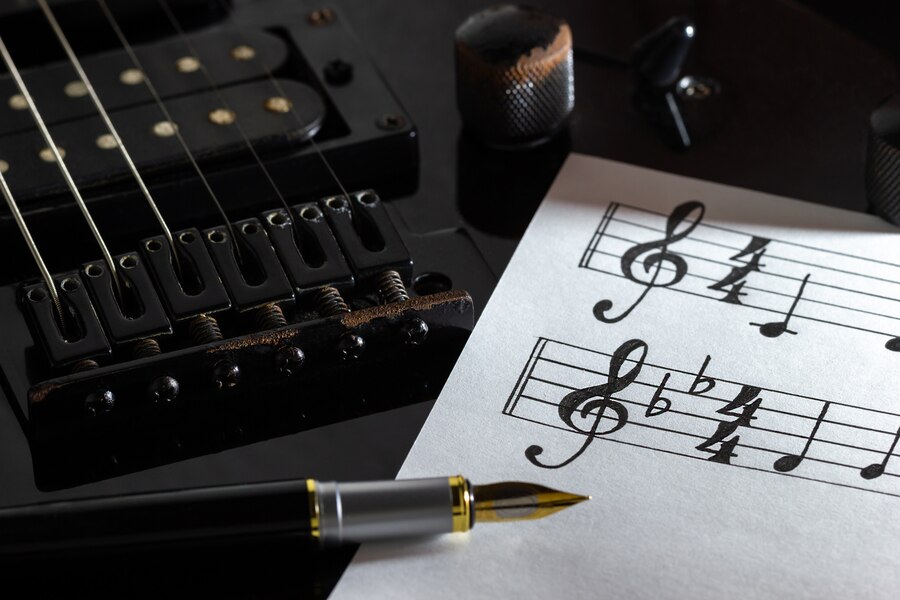In the realm of music theory, key signatures play a pivotal role in defining the tonality and mood of a piece. Understanding key signatures is crucial for musicians and composers alike, as they provide the framework within which melodies and harmonies are structured.
What Exactly is a Musical Key Signature?
A musical key signature is a set of sharps (#) or flats (♭) placed at the beginning of a staff to indicate the key of a piece. It tells musicians which notes are to be consistently raised or lowered throughout the piece, affecting both melody and harmony.
Major Keys
Major keys are characterized by their bright, uplifting sound. They typically evoke feelings of joy, triumph, or celebration. For example, the key of C major consists of no sharps or flats, making it one of the simplest and most natural keys to understand and play.
Minor Keys
In contrast, minor keys often convey more introspective or melancholic emotions. The key of A minor, for instance, includes natural minor scales and is known for its somber and emotive qualities.
C Major Key Signature
The key of C major is often used as a starting point for beginners due to its simplicity. It contains no sharps or flats, making it easy to identify and play. Many famous classical and contemporary pieces are composed in C major, such as Mozart’s “Piano Sonata No. 16 in C major.”
G Major Key Signature
G major is another popular key signature, characterized by its single sharp (F#). It has a bright and cheerful sound and is commonly used in folk music, as well as in classical compositions like Vivaldi’s “Spring” from “The Four Seasons.”
Modulation Between Keys
Modulation refers to the process of shifting from one key to another within a piece of music. It adds complexity and interest by introducing new harmonic relationships and tonal colors. For example, a piece in C major may modulate to G major to create contrast and variation.
Writing Melodies According to Key Signatures
Understanding key signatures enables composers to create cohesive and harmonically rich melodies. By adhering to a specific key, composers can ensure that their melodies flow smoothly and are pleasing to the ear.
Online Courses and Tutorials

Platforms like Coursera and Udemy offer comprehensive courses on music theory, including detailed explanations of key signatures and their practical applications in composition and performance.
Conclusion
Mastering key signatures is essential for anyone interested in understanding the fundamental principles of music theory. Whether you’re a beginner learning to play an instrument or an experienced composer looking to enhance your compositions, a solid grasp of key signatures will undoubtedly enrich your musical journey.
